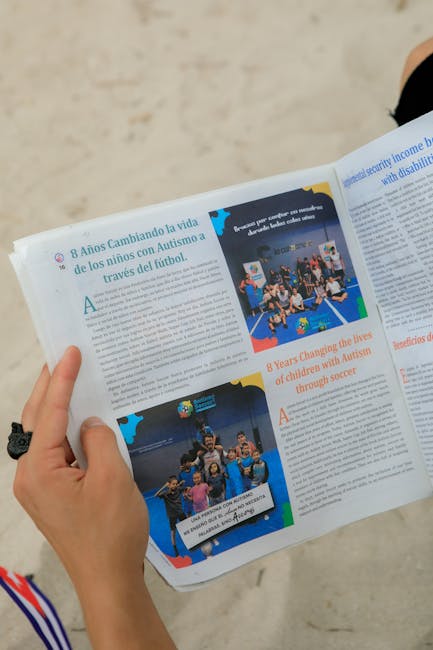
Canada's cultural landscape is as vast and varied as its geography. From the indigenous communities that have inhabited these lands for millennia to the newest immigrants bringing their traditions from across the globe, Canada represents a unique experiment in multicultural coexistence.
The Evolution of Multiculturalism
The official adoption of multiculturalism as government policy in 1971 marked a turning point in Canadian identity. This commitment to celebrating diversity while building common values has shaped generations of Canadians.

Regional Cultural Expressions
From the Acadian traditions of the Maritimes to the vibrant Asian influences in Vancouver, regional cultural expressions showcase how diversity manifests differently across the country. Each province and territory contributes unique elements to the national tapestry.
"Cultural diversity is not about preserving differences in isolation, but about creating spaces where differences can interact and enrich each other."
Challenges and Opportunities
While Canada's multicultural model has been largely successful, it faces ongoing challenges including integration, discrimination, and balancing cultural preservation with national cohesion. These challenges also present opportunities for growth and innovation in how we understand community.

About the Author

Dr. Ali Rutherford
Cultural Anthropologist and Senior Research Fellow at University of Toronto
